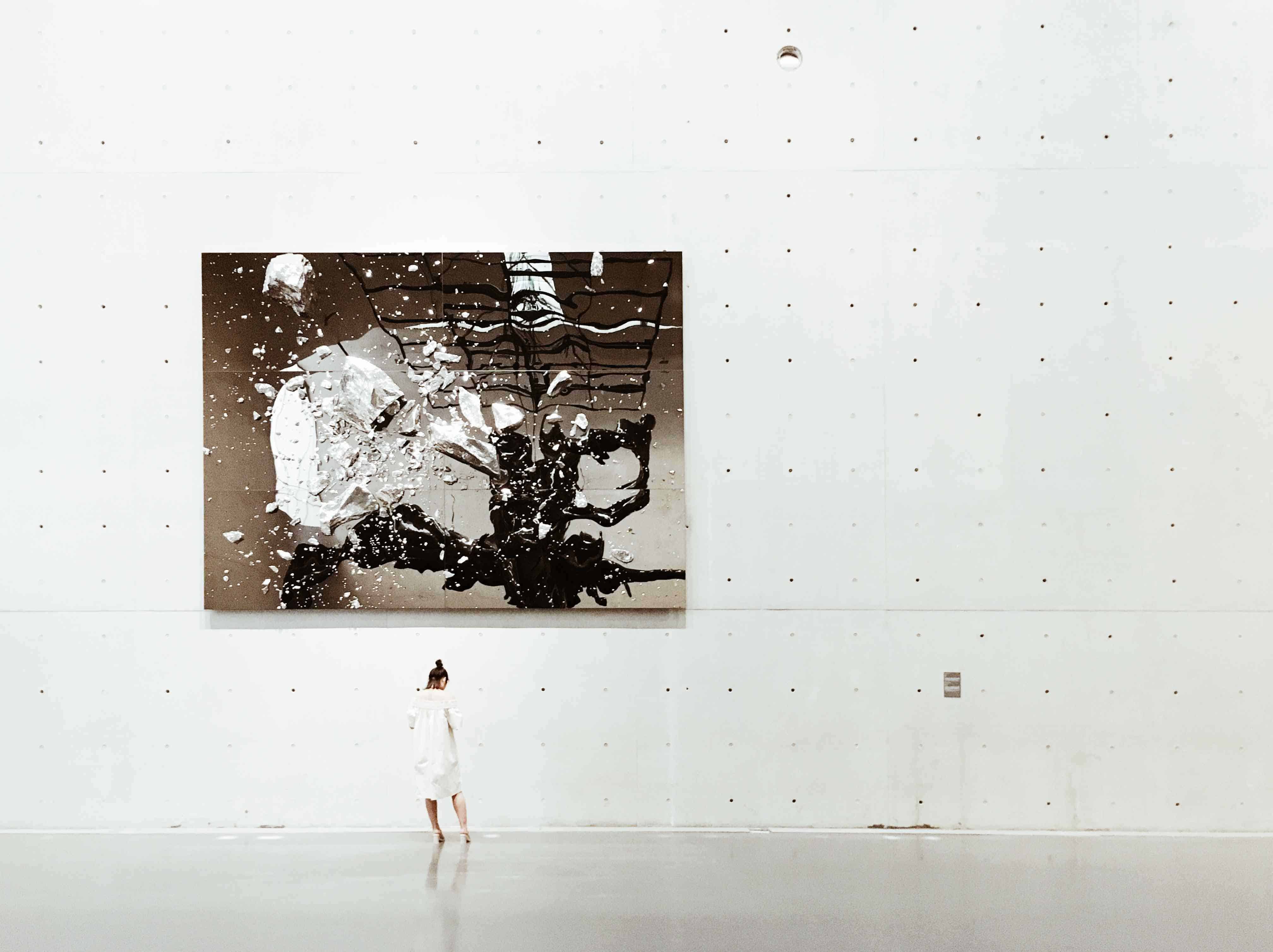Plagiarism: one of the most frequent practices in the fashion industry, so much so that you can now find Instagram accounts completely dedicated to exposing copycats such as the wonderful Diet Prada. This account. as well as the recent saga between LLY Atelier, a Montreal jeweller and Ellery, an Australian brand, have inspired us to write this post about dealing with copycats and protecting your designs.
Of course, please take this as legal information and not legal advice. If you have any questions regarding copycats, how to deal with them, and how to protect your work, send us an email at info@artylaw.ca.
I. Communicating with the other party
The first element you should be looking into is communicating with the person you think is copying your work, but before doing so, make sure your case is well documented. Take screenshots of the other party’s product from their website, determine when they started selling the item (if it was before or after you) and do the same on your side. Gather multiple pictures that show the many similarities between your products.
You should also take some time to scour the internet, not only to determine if there might be other copycats, but also to see if your idea is original or if it has been thought of and executed before. You do not want to be contacting someone about a product you weren’t the first person to create.
Once your case is well documented, pick a mode of communication. You might want to send them a letter by registered mail or a detailed email (in which you’ll ask for a read receipt). Each mode has its pros and cons (rapidity for instance), so be thoughtful about your choice. Keep in mind that your first communication does not have to be drafted nor sent by an attorney. Lawyers do not necessarily have to be involved at such an early stage.
When writing your letter or email, try to explain the situation as precisely as you can and think about the type of initial communication you’d like to get if you were on the other side.
II. Thinking about alternative solutions
Asking the other brand to stop selling the plagiarized item is not the only available solution. You might want to ask the other party for a portion of their previous sales or even give the brand a licence to produce your design so you can get a fixed amount or regular royalties on the sales of the item. Think about how you can benefit from this situation and listen to the other party’s concerns and questions.
III. Using social media
If communicating with the other party turns out to be unfruitful, you can always use social media to bring some exposure to your situation. Make sure your social media posts are focused on the plagiarism and the laws surrounding it as opposed to how horrible the other company is. In some cases, social media exposure has led big fashion houses such as Chanel to stop selling plagiarized items (you can learn more about the saga between Pamela Love and Chanel here). Even if you don’t get a resolution as nice as this one, social media can bring more awareness to the issue of copycats in the fashion industry.
IV. Protecting your work
Prevention is everything. There are many ways to protect your work (you can read our intellectual property primer here) and you should be taking the necessary steps to do so. Because of it’s utilitarian nature, fashion is not the most protected form of art out there but there are still some measures you can take.
- Registering your trademarks (brand name, logo, etc)
- Registering copyrights over prints and intricate patterns
- Looking into industrial designs for items such as jewelry
Dealing with copycats is always a sensitive situation. If you need some advice regarding copycats or assistance to protect your intellectual property, do not hesitate to send us an email at info@artylaw.ca or click here to schedule a consultation.

